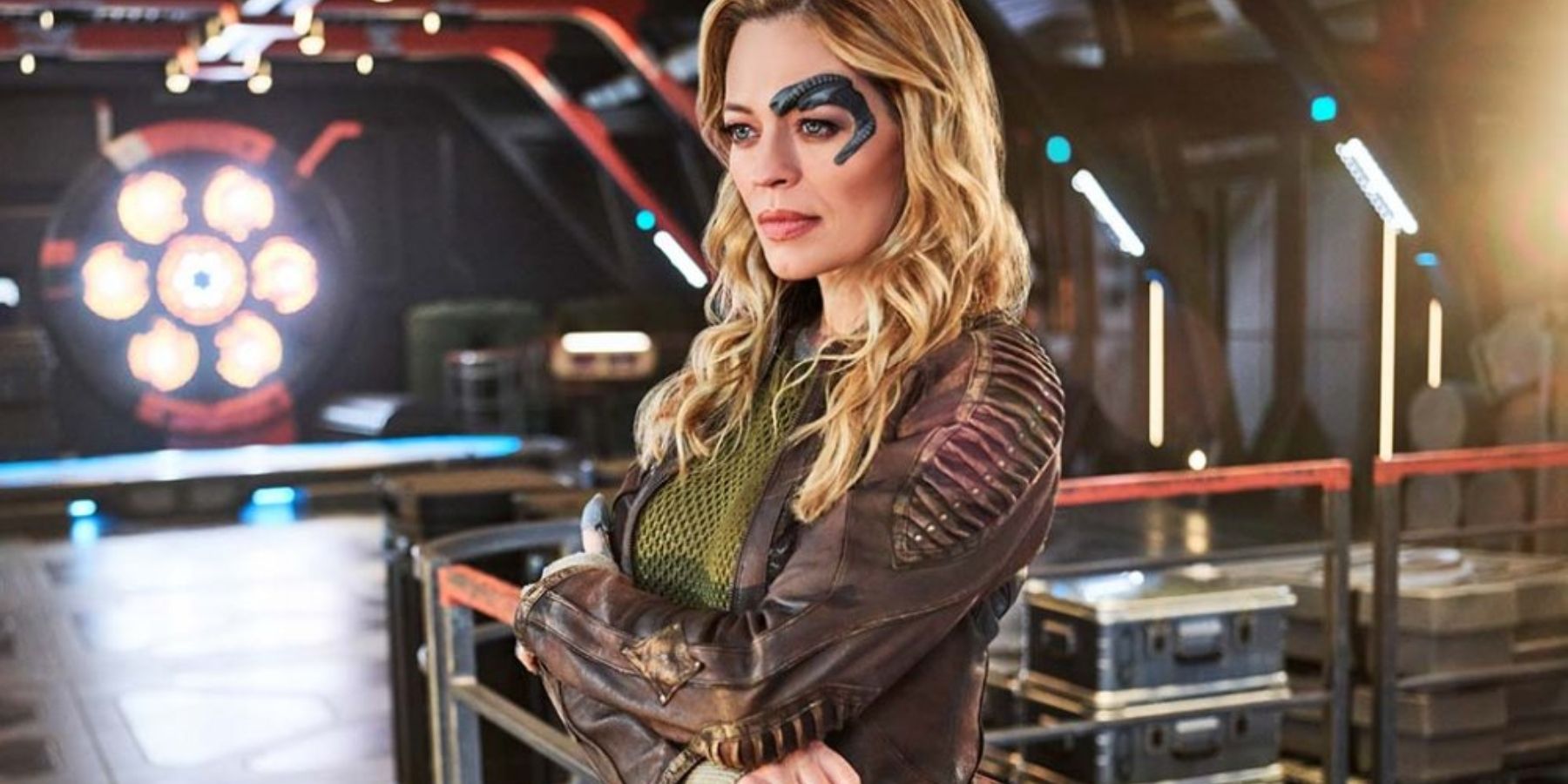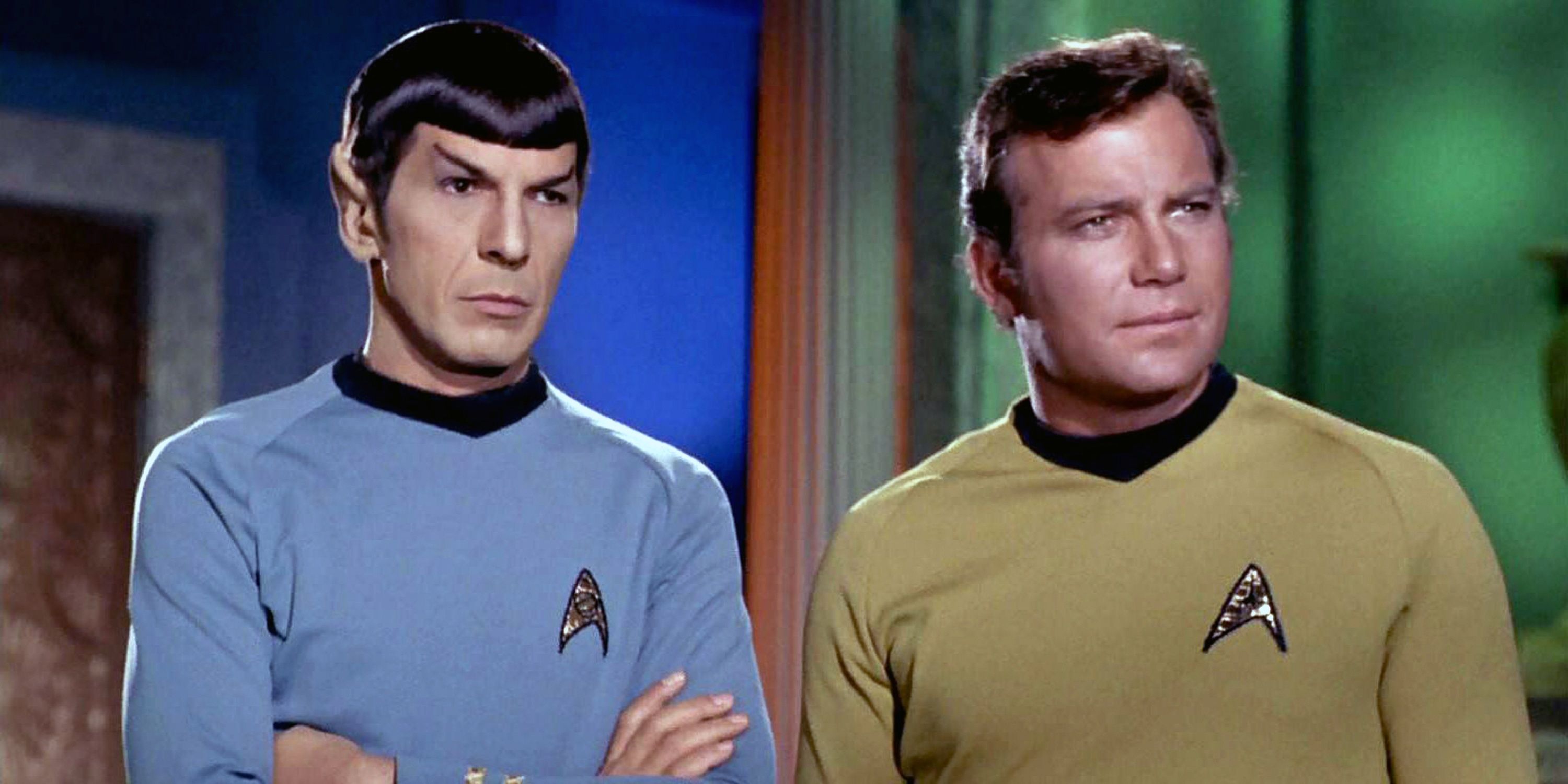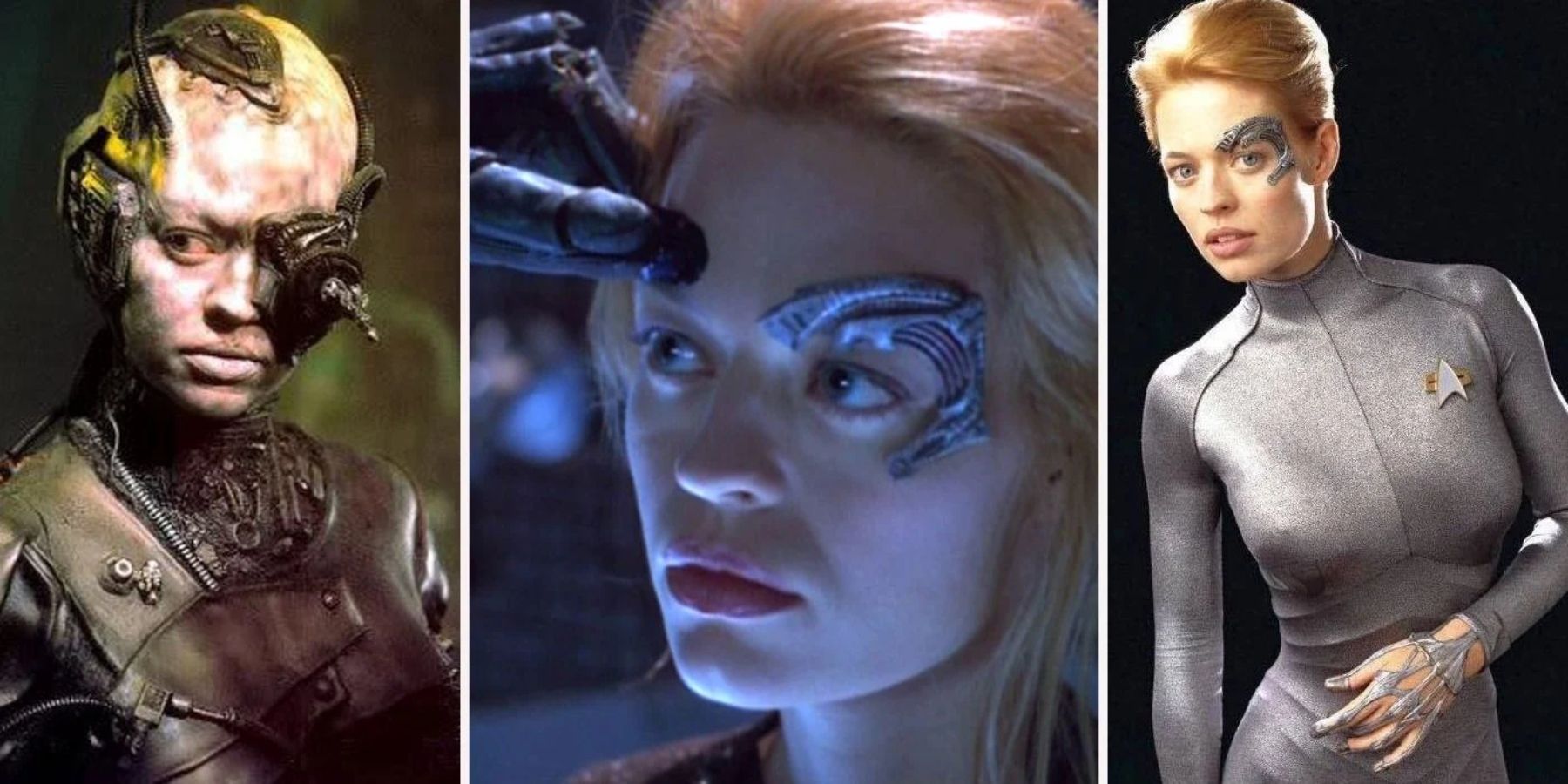Star Trek has never shied away from tackling problematic issues, from moral gray areas to literally committing accidental biological genocide (looking at you, Janeway), all while exploring. They have always boldly gone where no one has gone before, tackling huge typical issues such as discrimination and diversity (in terms of gender, race, and culture), but they also explore more philosophical questions, often involving a certain omniscient trickster. One of the biggest questions they tackle, time and time again, is what it means to be human.
The most obvious examples of this stems from characters such as Data or Voyager's Doctor, synthetic beings that were created for service functions. Not only are they not classified as human, but they aren't really even classified as being alive — at least not at first. Once they grow and evolve, they explore what it means to be human, although they are constantly straddling the line between perceived humanity, wrapped up with emotion and feeling, and simply replicating human behavior.
While synthetic life is a specific example of learned humanity, there are biological examples that are equally interesting to explore. Before getting to the character Seven of Nine, potentially one of the most interesting examples, it’s key to look at alien lifeforms that adapt the narrative of humanity. Humans in the Star Trek universe are strange and complex beings, with seemingly far more emotional and characteristic range than other life forms. Aliens that appear through the franchise are often simply personified aspects of humanity, rather than fully fleshed out and unique emotionally diverse cultures. As a result of this, through the franchise, there have been multiple examples of other races adopting human-specific characteristics as part of their story arc. Spock is a prime example, learning to embrace his human side from his commanding officer and, more importantly, friend, Captain Kirk. He interlaces human aspects into his personality, and allowing these traits to influence his character.
The show portrays examples of learned humanity from the perspective of synthetics replicating it to the best of their ability, and alien species learning and adopting aspects of humanity into their existing lifestyle. However, there is also the idea of re-learning humanity. This is shown through the wonderful story arc of Seven of Nine, or to use her real name, Annika Hansen. Seven was a former Borg drone who was freed from the Collective by the one and only Captain Janeway during Star Trek: Voyager. While she is human, she was assimilated at the age of 6, and thus grew up as a Borg. She has vague memories of her time before the Borg, but the majority of her development — if it can be called that — happened under the influence of the collective.
At the age of 6, various aspects of what it means to be human have already been instilled. As parents or elementary school teachers can confirm, children this age have a vague emotional spectrum, human connections, and a sense of right and wrong. However, this was all stripped away from Annika before she could really develop these understandings. As a result, when she was disconnected from the Collective, she was desperate to get back, as Borg were the only thing she really knew.
After a long time, as more and more of her Borg implants were removed, she came to terms with herself as a separate entity, and started to behave more and more like a human. Much like Data, she had to learn what it meant to be human, but unlike her synthetic counterpart, she had the human capacity underlying all this. Rather than adding to a blank slate, reconstructing and learning humanity from the perspective of someone seemingly incapable of emotion, Annika's journey to becoming human again was more like unlocking existing doors that were buried deep within her.
It’s important to note as well that the more human this character became, the less and less she was referred to by her Borg designation. This is something Voyager did very well, her slow and gradual reintroduction into humanity, going from demanding to be called her full Borg name Seven of Nine, to it being abbreviated to Seven, then eventually going by Annika. The more Borg character traits she shed, the more and more human she became. Audiences gradually saw the weight shift from one side of the scale to the other. She always kept Borg elements, though. The Annika shown both at the end of Voyager and during Picard (returning for season 2) was a hybrid her two origins as it were, forming the adult Annika.
Learned humanity is a tricky subject in general, and something Star Trek seems to have carried as a slight obsession over the years. There lies a certain amount of frustration and unknowing when it comes to characters like the Doctor and Data, as audiences can never be sure if they have successfully become "human" as it were, or rather just became very good at pretending. However, with Seven of Nine, there is the gratifying ending of seeing her return to humanity, re-learning her biological narrative and successfully returning to herself.



